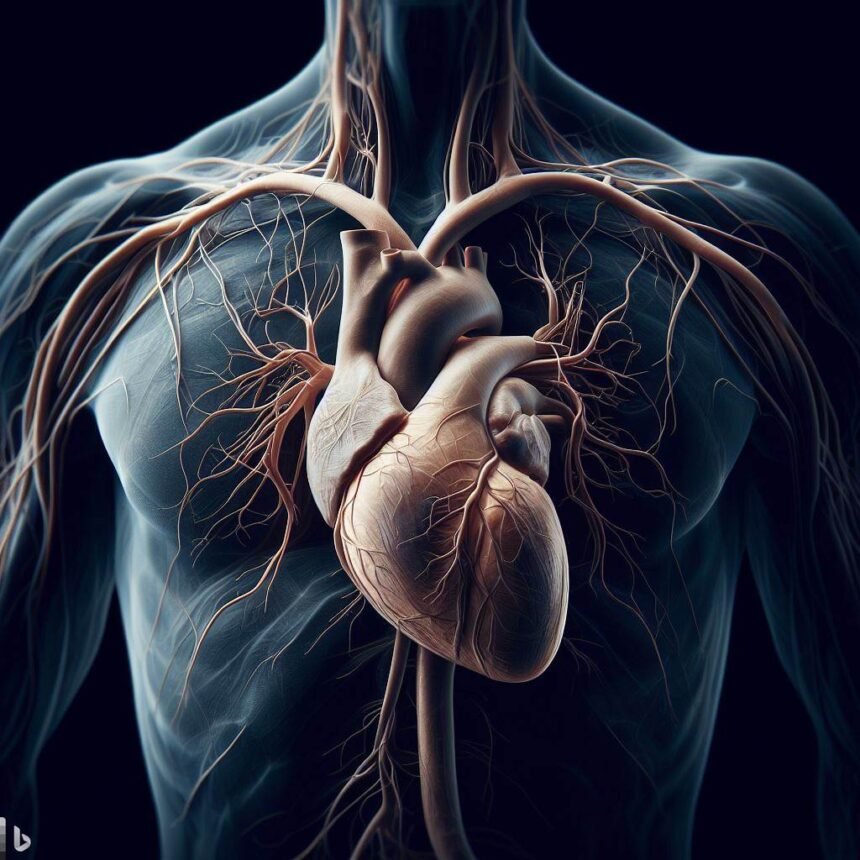The heart is a vital organ that pumps blood throughout the body, delivering oxygen and nutrients to the cells and removing waste products. The heart works continuously and tirelessly, beating about 100,000 times a day and pumping about 7,500 liters of blood. But how can the heart be strong enough to pump blood up your legs against gravity, especially when you are standing or walking?
The challenge of gravity: Heart pumping
Gravity is a force that pulls everything towards the center of the earth. Gravity affects the circulation of blood in the body, as it creates a pressure gradient between the upper and lower parts of the body. When you are lying down, the pressure is relatively equal throughout the body, as the blood is distributed horizontally. However, when you are standing up, the pressure is higher in the lower parts of the body, as the blood is distributed vertically. This means that the heart has to work harder to overcome the gravitational force and pump blood up your legs and back to the heart.
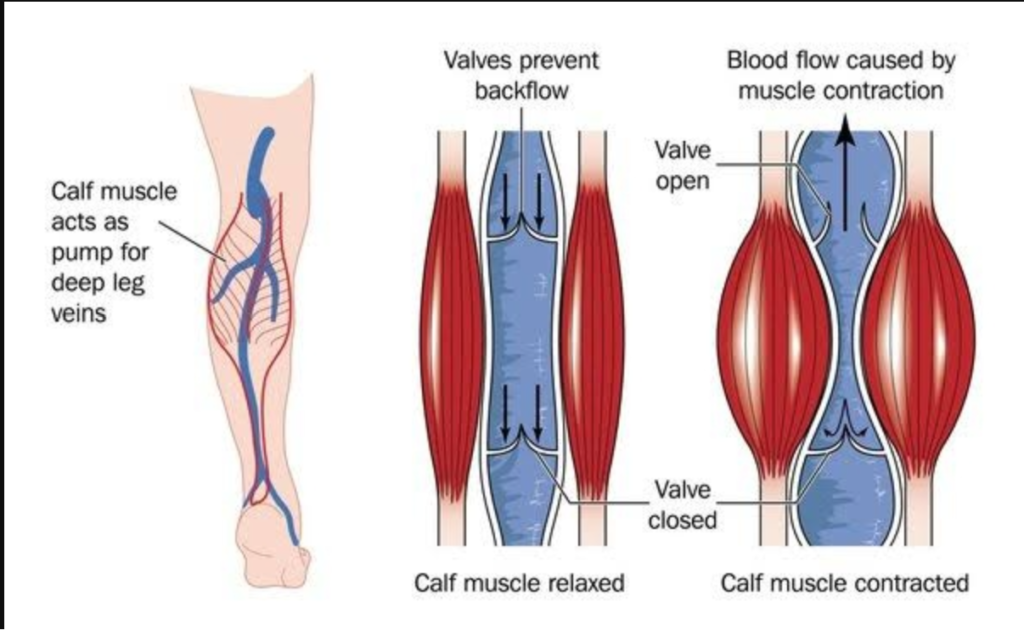
The challenge of gravity is even greater when you are walking or running, as the blood flow in the legs increases to meet the increased demand for oxygen and nutrients by the muscles. The heart has to pump more blood at a faster rate to supply the legs and the rest of the body. Moreover, the blood vessels in the legs have to constrict and dilate to regulate the blood flow and prevent excessive pooling of blood in the lower extremities.
Also read : From Ashes To Brilliance: Transforming Your Beloved Cat Into A Memorial Diamond
The solutions of the body
The heart is not strong enough by itself to get the blood back up the veins in your legs and back to the heart. The human body relies on a second system to finish that task. This system involves small valves throughout the veins and muscle contractions from your skeletal muscles when you walk and move about1.
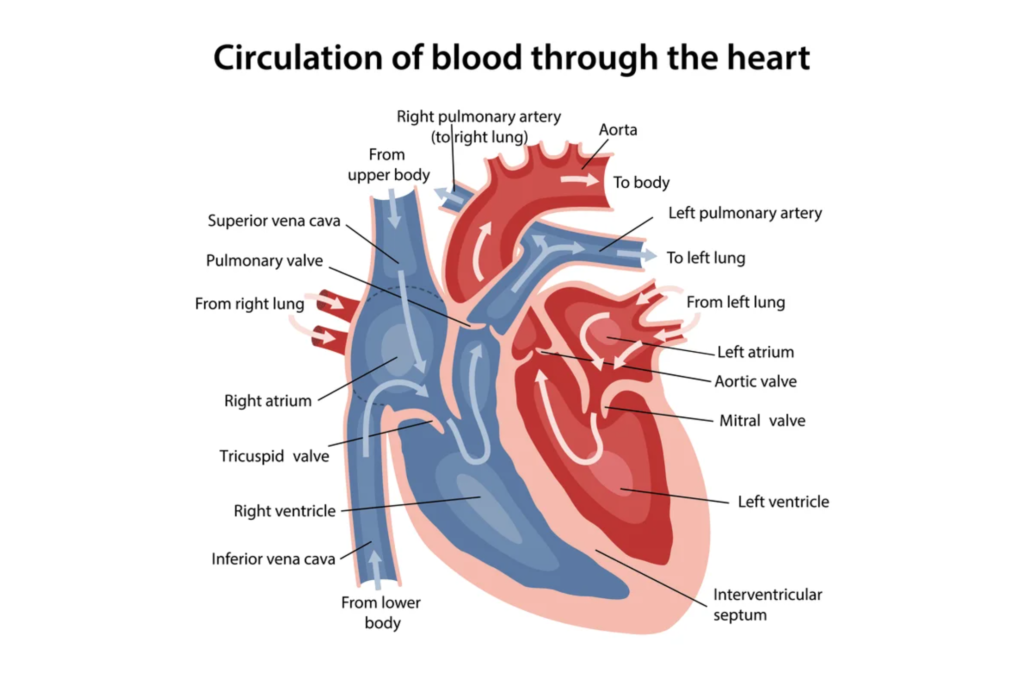
The valves are one-way structures that prevent the backflow of blood in the veins. The valves close when blood starts to flow in the opposite direction, so that blood in the veins can only flow in the direction back to the heart, which is up the legs. The valves are especially important in the deep veins of the legs, where the pressure is the highest and the risk of blood pooling is the greatest.
The muscle contractions are another mechanism that helps the blood circulation in the legs. When you squeeze your leg muscles to walk, stand, kick, and move about, the muscles squeeze the veins and force the blood to get moving. Because of the valves, the blood can only move in one direction as it gets squeezed along. This is known as the muscle pump or the peripheral heart, as it assists the heart in pumping blood up the legs2.
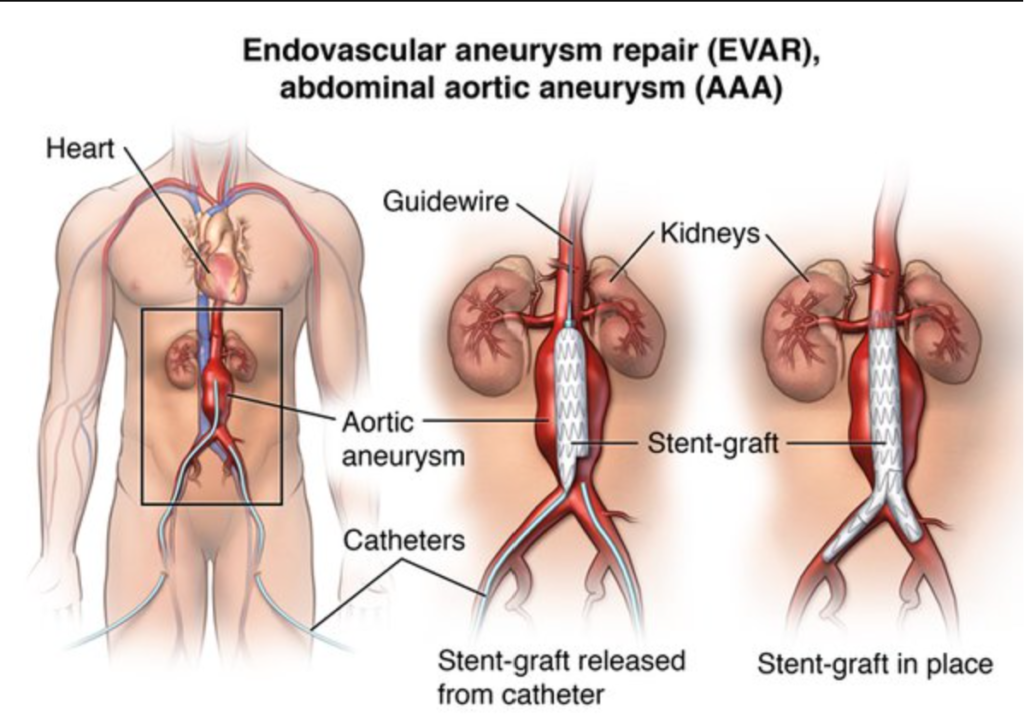
So it is a combination of blood pressure from the heart’s pumping action, the valves, and muscle movement that gets the blood up the legs against gravity. If any of these components fail or malfunction, the blood circulation in the legs can be impaired, leading to various problems, such as swelling, pain, varicose veins, blood clots, or ulcers3.
The importance of exercise
One of the best ways to maintain a healthy blood circulation in the legs and prevent gravity-related problems is to exercise regularly. Exercise improves the strength and efficiency of the heart, the valves, and the muscles, as well as the elasticity and tone of the blood vessels. Exercise also enhances the delivery of oxygen and nutrients to the tissues and the removal of waste products and carbon dioxide. Exercise also reduces the risk of obesity, diabetes, high blood pressure, and high cholesterol, which are all factors that can affect the blood circulation in the legs.
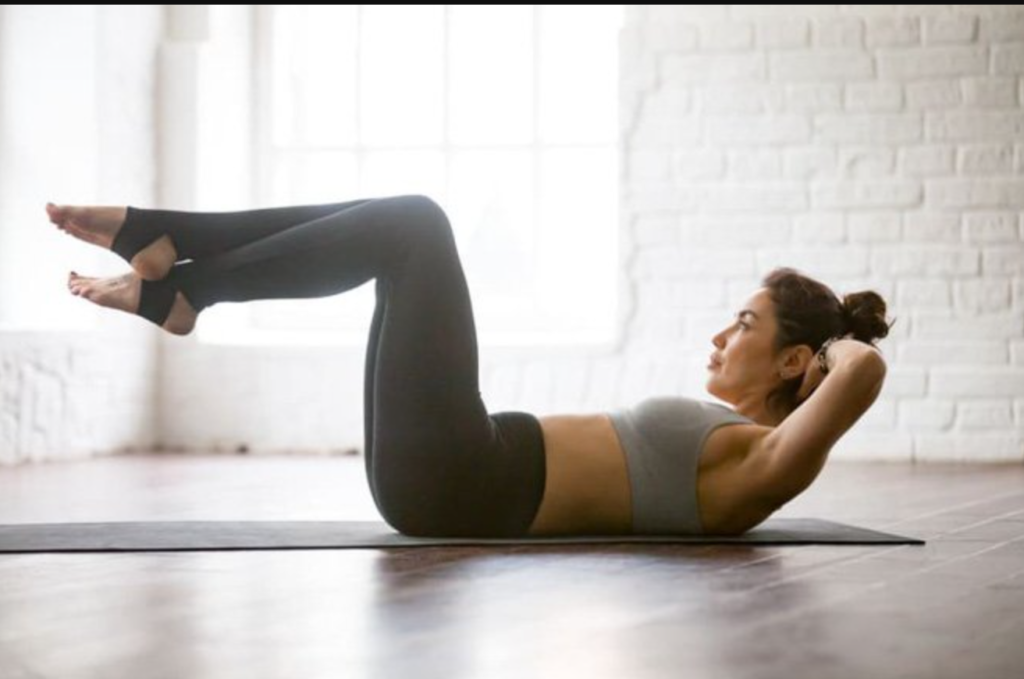
Some of the best exercises for the legs are walking, jogging, cycling, swimming, and dancing, as they involve the use of the large muscles of the legs and the whole body. These exercises should be done at a moderate intensity for at least 30 minutes a day, five days a week, or as recommended by your doctor. You should also avoid sitting or standing for long periods of time, as this can reduce the blood flow in the legs and increase the pressure in the veins. You should move your legs frequently, stretch your muscles, and elevate your legs when possible.
Conclusion
The heart is a powerful organ that pumps blood throughout the body, but it faces a challenge when it comes to pumping blood up the legs against gravity. The body has a second system that helps the heart in this task, which consists of valves in the veins and muscle contractions in the legs. These mechanisms prevent the backflow of blood and squeeze the blood along the veins back to the heart. Exercise is an important factor that improves the blood circulation in the legs and prevents gravity-related problems. By exercising regularly, avoiding prolonged sitting or standing, and taking care of your heart and blood vessels, you can ensure a healthy blood flow in your legs and your whole body.
Also read :Dispelling The Myth: The Truth About Poppy Seeds And Narcotics







